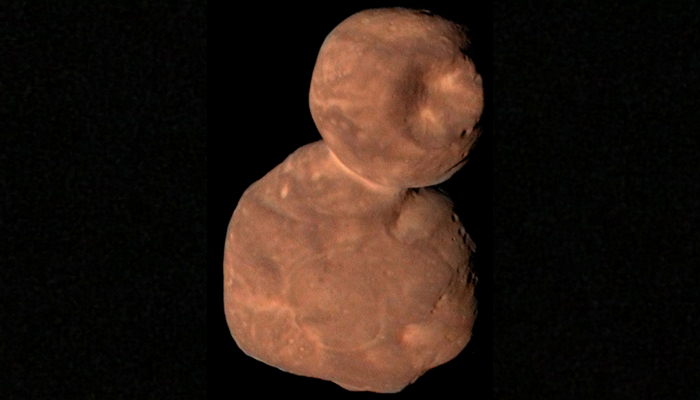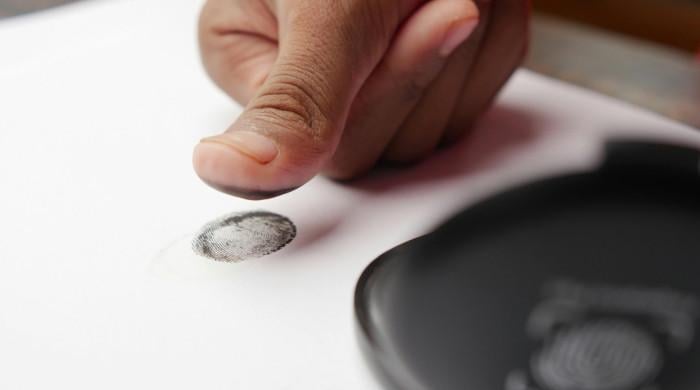New Horizon probe discovers 'candyland' on Arrokoth in Kuiper Belt
Newly discovered object was formerly called 2014 MU69, Ultima Thule, most distant object ever found by probe
June 04, 2024

A new study has revealed a distant object located in the Kuiper Belt 4 billion miles from our planet which carries considerable amounts of organic molecules, allowing scientists to understand the evolution of the solar system and possibly Earth.
According to Nasa, the Kuiper Belt is a doughnut-shaped region of icy objects beyond Neptune’s orbit, which is home to Pluto, most of the known dwarf planets and some comets.
The study was published in the Proceedings of the National Academy of Sciences which named the object "Arrokoth" with the nickname sugar world, because of the complex sugars identified on this celestial body.
The newly discovered object was formerly called 2014 MU69 and Ultima Thule, as it has been the most distant object ever found by a space probe the New Horizons.
The 2006-launched probe earlier captured images of Pluto and then flew by Arrokoth on January 2019.
Scientist Alan Stern from the Southwest Research Institute was quoted by Space.com: "We set a record! Never before has a spacecraft explored something so far away. I mean, think of it. We're a billion miles further than Pluto, and now we're going to keep going into the Kuiper Belt."
The pictures of Arrokoth showed a distinctive reddish color, associated with the presence of complex organic molecules, including methanol, water ice and various types of carbon-rich compounds.
When menthol is exposed to cosmic rays it generated sugars like ribose and glucose, indicating that Arrokoth underwent a chemical process that transformed molecules into more complex ones over billions of years.
The New Horizons space probe is currently active and sending data from Kuiper Belt.









